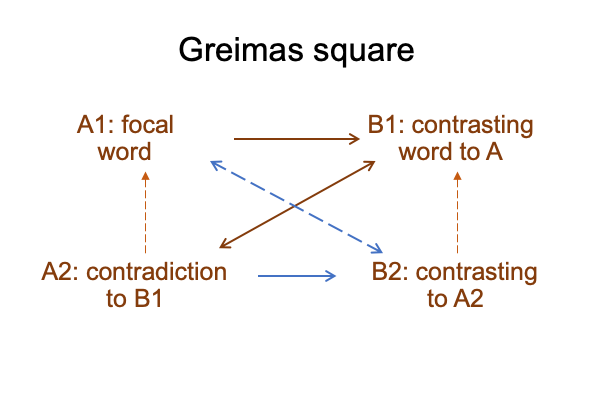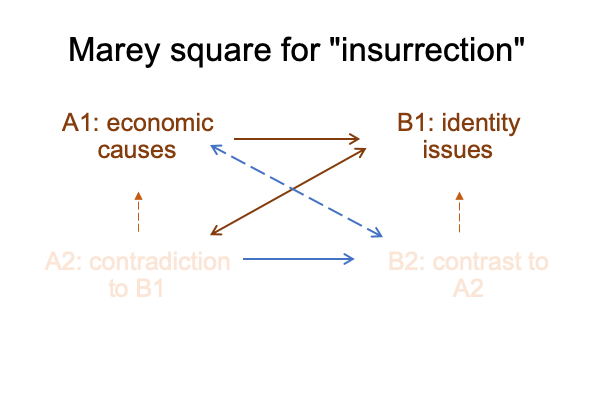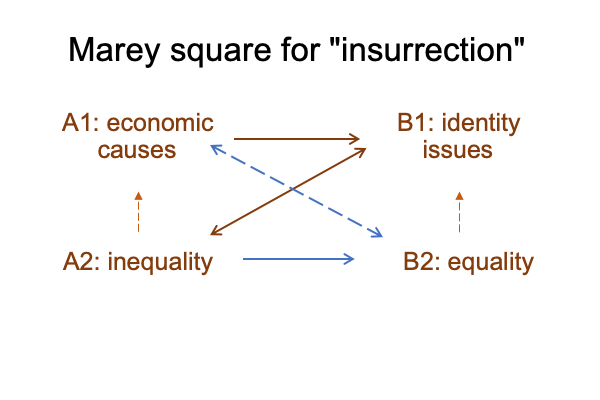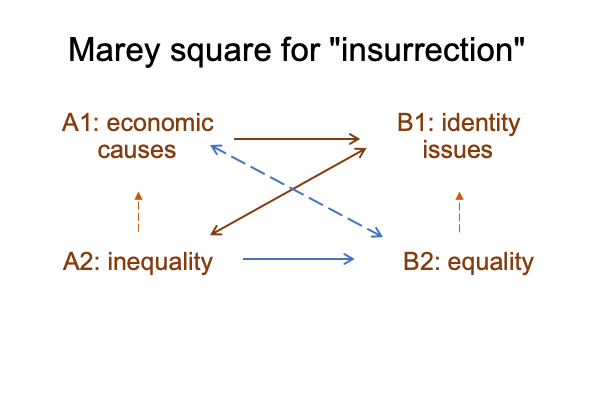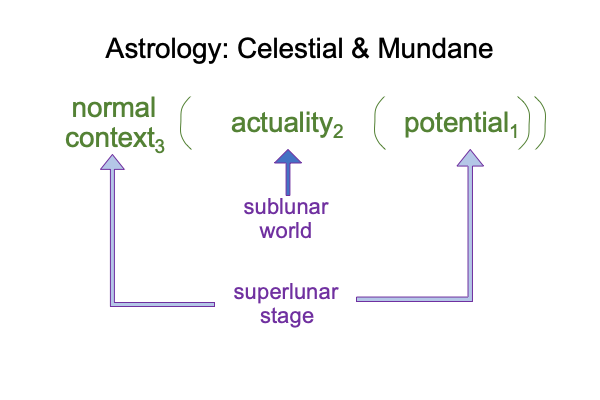Looking at Daniel Turbon’s Article (2020) “…Human Being in Evolution” (Part 10 of 11)
0044 What is the human niche1b?
This is the central claim in the masterwork, The Human Niche.
The human niche1b is the potential of triadic relations1b.
0045 Every adaptation1a detailed by Daniel Turbon exploits triadic relations1b.
Once the origin of human beings2b is appreciated in terms of signs, category-based nested forms, judgment and other triadic relations1b, then our adaptations1a appear like observable and measurable facets2a of a single noumenon, the human niche1b.
0046 Turbon’s appeal in the last sentence of his abstract receives has already been answered.
A Course on the Human Niche is available on the smashwords website. Search the following terms on the internet: human niche course series Razie Mah smashwords. Any reasonable browser will point the reader to the location containing A Course on the Human Niche.
0047 The course begins with a Primer on Natural Signs. The medieval scholastic tradition ends, in the 1600s, and the philosophy of Charles Peirce begins, in the 1800s, with an inquiry into the nature of sign relations. Signs, like all triadic relations, entangle the material world. However, material and instrumental causalities cannot account for triadic relations.
0048 Then, the course offers commentaries on four books by modern thinkers on human evolution. These commentaries are:
Comments on Clive Gamble, John Gowlett and Robin Dunbar’s Book (2014) Thinking Big
Steven Mithen’s Book (1996) Prehistory of Mind
Comments on Derek Bickerton’s Book (2014) More Than Nature Needs
Comments on Robert Berwick and Noam Chomsky’s Book (2016) Why Only Us?
0049 The course wraps up with the masterwork, The Human Niche.
0050 In sum, A Course on the Human Niche, offers an approach to the alignment of philosophy and science dwelling in the heart of Turbon’s essay.

